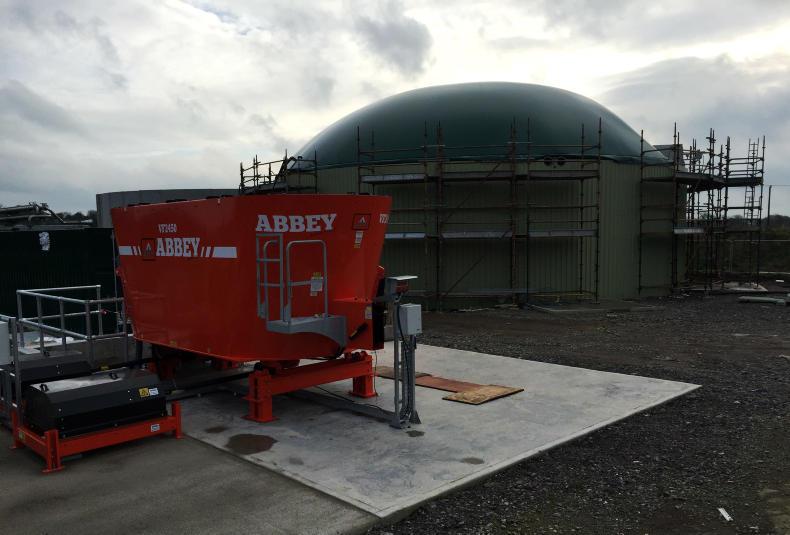A switch to protected urea fertiliser and trailing shoe slurry spreading is the most direct effect the national climate change mitigation plan will have on farming practices for now.
The strategy published by the Government at a special cabinet meeting on Wednesday sets out 106 actions to carry out as Ireland moves to cut greenhouse emissions causing global warming, 30 of which apply to agriculture and forestry.
Listen to "What does the new climate change plan mean for farmers?" on Spreaker.
Most of these involve continuing and amplifying existing efforts in a way that “does not compromise capacity for food production”.
The plan confirms the FoodWise 2025 expansion strategy and relies on widening agri-environmental CAP schemes and best practices to more farmers, especially through Knowledge Transfer groups.
Stable emission levels
While the plan allows agriculture to maintain stable emission levels as production increases in the coming decades, the industry is expected to make it up elsewhere.
Afforestation will ramp up to 8,300ha per year from 2020, capturing carbon dioxide from the atmosphere. Biomass from trees, energy crops and agri-food byproducts such as straw, tallow and whey is expected to gradually replace fossil fuels. This includes the development of on-farm renewable energy including anaerobic digestion.
“Yes, agriculture accounts for a third of our national emissions but we have to look at this in context,” said Minister for Agriculture Michael Creed after the cabinet meeting. “Irish agriculture has proven it is possible to break the link between increased production and emissions,” which have decreased since 1998 and rose again by only 1.6% in 2015 when production surged as dairy quotas were lifted.
IFA environment chair Thomas Cooney welcomed the plan and said farming can and will do more.
Environmental campaign group Friends of the Earth warned that every tonne of pollution from agriculture would need to be offset by new tree cover.
Read more
Seaweed shows promise to cut methane emissions
Editorial: contributing to climate plan while maximising value of food industry
Full coverage: agriculture and climate change
A switch to protected urea fertiliser and trailing shoe slurry spreading is the most direct effect the national climate change mitigation plan will have on farming practices for now.
The strategy published by the Government at a special cabinet meeting on Wednesday sets out 106 actions to carry out as Ireland moves to cut greenhouse emissions causing global warming, 30 of which apply to agriculture and forestry.
Listen to "What does the new climate change plan mean for farmers?" on Spreaker.
Most of these involve continuing and amplifying existing efforts in a way that “does not compromise capacity for food production”.
The plan confirms the FoodWise 2025 expansion strategy and relies on widening agri-environmental CAP schemes and best practices to more farmers, especially through Knowledge Transfer groups.
Stable emission levels
While the plan allows agriculture to maintain stable emission levels as production increases in the coming decades, the industry is expected to make it up elsewhere.
Afforestation will ramp up to 8,300ha per year from 2020, capturing carbon dioxide from the atmosphere. Biomass from trees, energy crops and agri-food byproducts such as straw, tallow and whey is expected to gradually replace fossil fuels. This includes the development of on-farm renewable energy including anaerobic digestion.
“Yes, agriculture accounts for a third of our national emissions but we have to look at this in context,” said Minister for Agriculture Michael Creed after the cabinet meeting. “Irish agriculture has proven it is possible to break the link between increased production and emissions,” which have decreased since 1998 and rose again by only 1.6% in 2015 when production surged as dairy quotas were lifted.
IFA environment chair Thomas Cooney welcomed the plan and said farming can and will do more.
Environmental campaign group Friends of the Earth warned that every tonne of pollution from agriculture would need to be offset by new tree cover.
Read more
Seaweed shows promise to cut methane emissions
Editorial: contributing to climate plan while maximising value of food industry
Full coverage: agriculture and climate change






 This is a subscriber-only article
This is a subscriber-only article









SHARING OPTIONS: